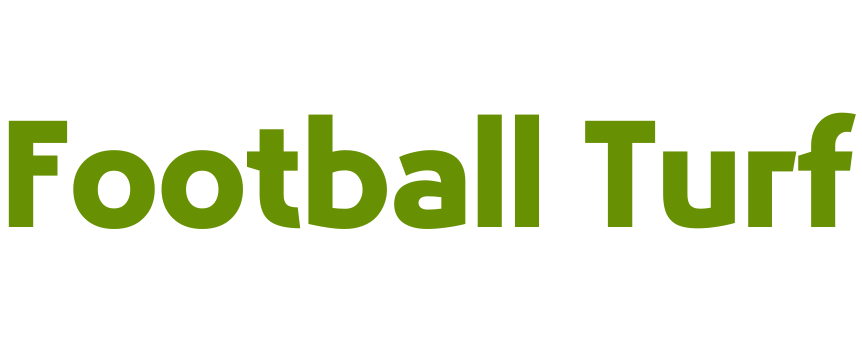Artificial turf, also known as synthetic grass, has become an increasingly popular choice for various applications in Haryana, including sports fields, landscaping, and even residential backyards. This surge in popularity can be attributed to several factors, including its low maintenance requirements, durability, and year-round visual appeal. However, the decision to use artificial turf is not without its complexities. This article delves into the world of artificial turf in Haryana, exploring the key factors impacting artificial turf manufacturers for football grounds and the broader artificial turf industry in the state.
Understanding the Market Landscape: Key Factors Impacting Artificial Turf Manufacturers
The artificial turf market in Haryana is influenced by several factors, each playing a crucial role in shaping the industry and influencing manufacturer decisions. Let’s explore some of the most significant ones:
- Demand: The demand for artificial turf is primarily driven by the growing need for low-maintenance and sustainable alternatives to natural grass. This demand is particularly evident in urban areas, where space is limited, and water conservation is a pressing concern. Additionally, the increasing popularity of sports like football and cricket further fuels the demand for artificial turf football grounds in Haryana.
- Raw Material Costs: The cost of raw materials, primarily polypropylene and polyethylene, significantly impacts the pricing of artificial turf. Manufacturers need to navigate fluctuating global market prices for these materials while maintaining product quality and competitiveness.
- Government Regulations: Government regulations regarding environmental sustainability and product safety play a crucial role in shaping the artificial turf industry. Manufacturers must comply with these regulations, which can influence production processes and material choices.
- Technological Advancements: Continuous advancements in technology are constantly improving the quality and functionality of artificial turf. Manufacturers who invest in research and development can stay ahead of the curve by offering innovative features like improved drainage, enhanced durability, and realistic aesthetics.
Balancing Trade-offs: Weighing the Pros and Cons of Artificial Turf
While artificial turf offers several advantages, it’s crucial to consider the trade-offs involved before making a decision. Here’s a balanced look at the pros and cons:
Pros:
- Low maintenance: Artificial turf requires significantly less maintenance compared to natural grass. It doesn’t need watering, mowing, or fertilizing, reducing water consumption and saving time and resources.
- Durability: High-quality artificial turf is highly durable and can withstand heavy use, making it ideal for sports fields and high-traffic areas.
- Year-round aesthetics: Artificial turf maintains a green and lush appearance throughout the year, regardless of weather conditions. This eliminates the need for reseeding or dealing with brown patches during dry seasons.
Cons:
- Initial cost: Installing artificial turf generally has a higher upfront cost compared to natural grass. However, the long-term cost savings due to reduced maintenance can offset this initial investment.
- Heat concerns: Artificial turf can absorb and retain heat, especially in direct sunlight. This can be a concern for sports fields and outdoor areas in hot climates.
- Environmental impact: The production and disposal of artificial turf can raise environmental concerns. However, advancements are being made to create more sustainable and recyclable materials.
Considering the Environmental Impact: Responsible Practices for a Sustainable Future
As with any industry, the production and use of artificial turf carry environmental considerations. It’s essential to choose manufacturers who prioritize sustainable practices throughout the product lifecycle. Here are some key aspects to consider:
- Material selection: Opt for manufacturers who use recycled materials in their production process.
- End-of-life management: Ensure that the chosen manufacturer offers responsible end-of-life solutions for used artificial turf, such as recycling or repurposing.
- Local procurement: Consider manufacturers who source raw materials and manufacture their products locally to minimize transportation-related emissions.
By prioritizing responsible practices, the artificial turf industry in Haryana can contribute to a more sustainable future.
Conclusion: Making Informed Decisions for a Greener Future
Artificial turf offers a viable and practical alternative to natural grass in various applications. However, making an informed decision requires careful consideration of factors like cost, performance, and environmental impact. By understanding the market landscape, weighing the trade-offs, and prioritizing sustainable practices, individuals and organizations in Haryana can make responsible choices that benefit both their specific needs and the environment.
We are India’s premier football infrastructure company and the undisputed expert in artificial turf grass for football fields. Experience unmatched quality and performance tailored to your facility by transforming your field into a masterpiece of durability and playability.
Stop elevating your game – rise above the rest with FootballTurf.in today.

